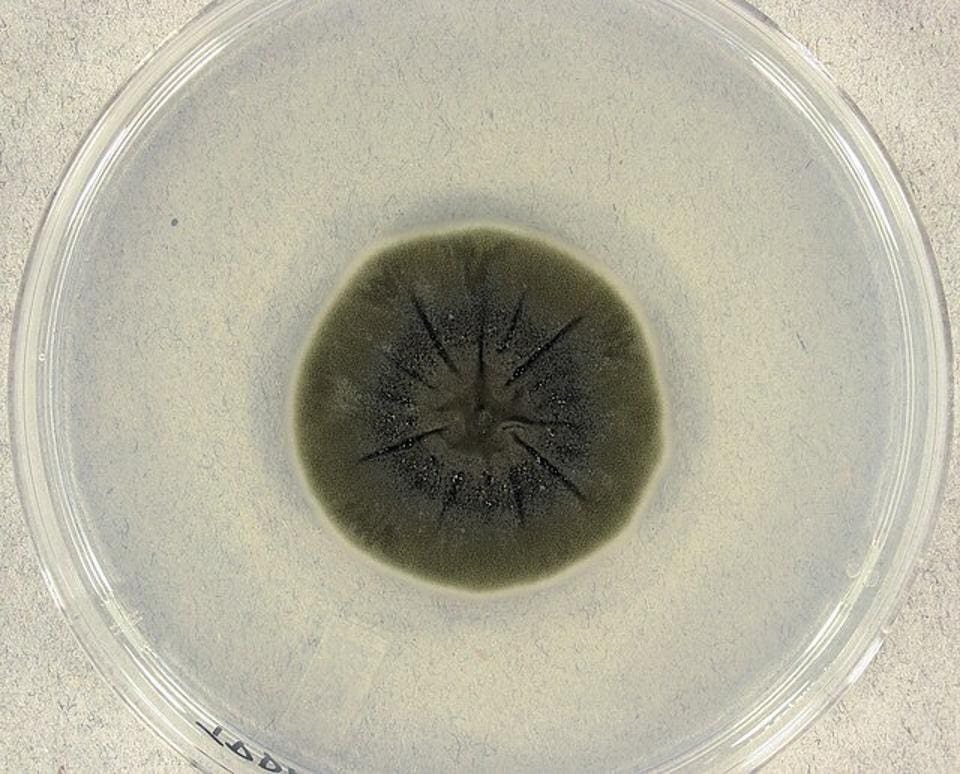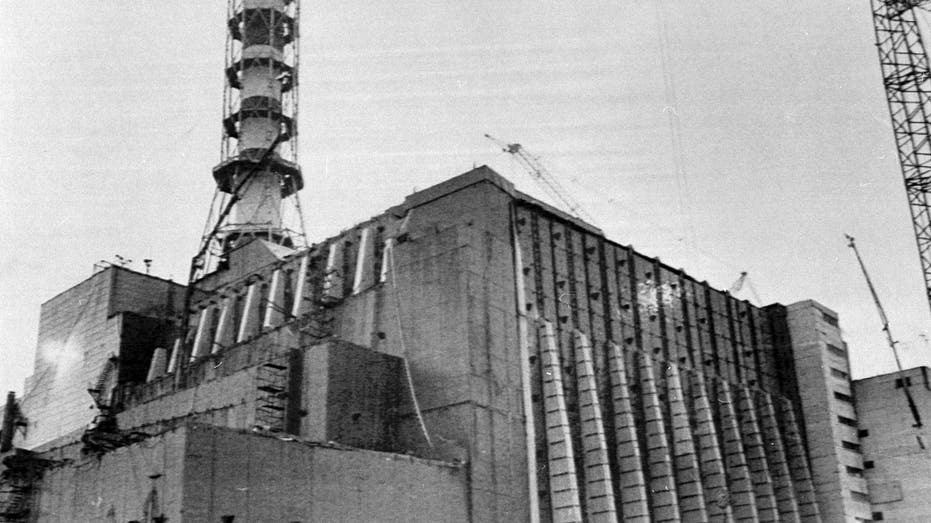Chernobyl’s Secret Weapon: The Fungus Feeding on Radiation
The Chernobyl disaster of 1986 left an enduring mark on the Earth, a stark reminder of the destructive power of nuclear energy.1 Yet, within this desolate landscape, a remarkable discovery has emerged: a fungus that thrives on radiation.

The Radiation-Eating Fungus
Cladosporium sphaerospermum, a resilient black fungus, has adapted to the extreme conditions of the Chernobyl Exclusion Zone.2 Unlike most life forms, this fungus doesn’t fear radiation; it feeds on it. Through a process similar to photosynthesis, it absorbs radiation and converts it into energy.3 This unique ability, known as radiosynthesis, has captivated scientists worldwide.

Cladosporium sphaerospermum grown on potato dextrose agar for 14 days at 25°C. This unique fungus, discovered in Chernobyl’s radioactive zones, has the rare ability to harness radiation for growth. Medmyco via Wikimedia
A Glimpse into the Future of Bioremediation and Space Exploration
The potential applications of this radiation-resistant fungus are vast. Scientists are exploring its use in bioremediation to clean up contaminated sites, including those affected by nuclear accidents.4 By harnessing the power of C. sphaerospermum, we may be able to accelerate the cleanup process and mitigate the long-term environmental impact of radiation.
Beyond Earth, this fungus could play a crucial role in future space exploration. Its ability to withstand the harsh conditions of space, including high levels of radiation, makes it a promising candidate for developing radiation-shielding materials and sustainable food sources for astronauts.

In the ruins of Chernobyl, scientists have discovered a black fungus feeding on deadly gamma radiation, slowly growing toward the reactor core. This mysterious organism, thriving in the abandoned wasteland, is not just surviving but actively absorbing nuclear radiation, as if healing the scar left by one of the world’s worst disasters.
Unraveling the Secrets of Life
The discovery of C. sphaerospermum challenges our understanding of the limits of life. It demonstrates the incredible adaptability of organisms and the potential for life to thrive in the most extreme environments. By studying this remarkable fungus, we may unlock new insights into the fundamental processes of life and inspire innovative solutions to some of our most pressing challenges.

As research continues, the radiation-eating fungus holds the promise of a cleaner, safer future, both on Earth and beyond.
